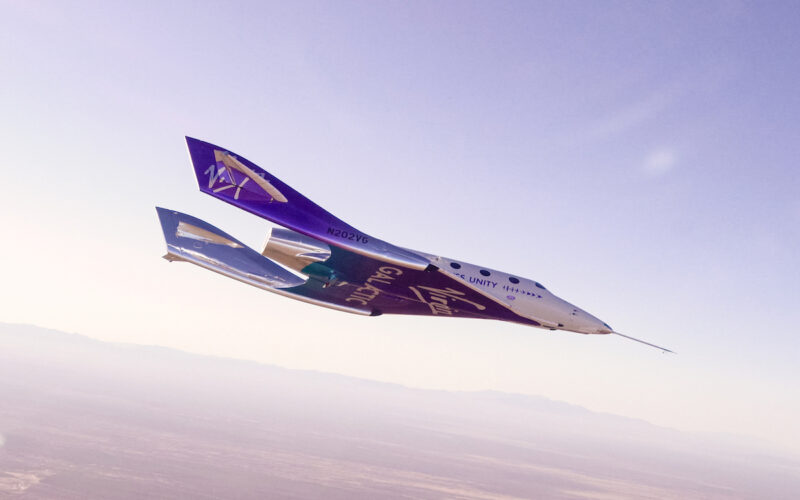New research has concluded that people of all ages should be able to deal with the G-forces needed to launch and land on spaceplane flights.
The results mean that suborbital space flights would be available to holidaymakers looking to travel between places such as London and Sydney in two hours.
The UK’s Civil Aviation Authority (CAA) is funding medical research into how people’s bodies react to intense G-forces.
The study’s results have been published in the Aerospace Medicine and Human Performance (AMHP) journal, with testing conducted by the Royal Air Force (RAF) and King’s College London.
During the research 24 healthy people aged between 32 and 80 entered the RAF’s centrifuge at Cranford where the G-forces felt during a spaceplane’s take-off and landing were simulated.
G-forces could reach four times the Earth’s gravitational pull during lift-off and six times during the descent.
Extreme G-forces can create new sensations such as difficulty in breathing and increase in heart rate.
According to the study one person lost consciousness but on other tests this was rectified by tilting their chair.
“Physiological responses are likely to be benign for most passengers,” said Dr Ryan Anderton, the CAA’s medical lead for space flight.
Since space flight began astronauts have needed to be extremely fit but Dr Anderton does not believe this will be a concern for the average tourist travelling in a spaceplane.
“For the vast majority of people, even older people, that’s not necessarily going to present a problem and there isn’t a detrimental effect long term. What we are trying to do in research is determine which individuals might be more susceptible and what we might have to screen them for,” Dr Anderton added.
According to The Times suborbital flights offered by Sir Richard Branson’s Virgin Galactic and Jeff Bezos’ Blue Origin companies come with a price tag of more than $430K for a single seat
However, this latest research from the CAA begins to show how suborbital flights could be open to everyone in the future.

